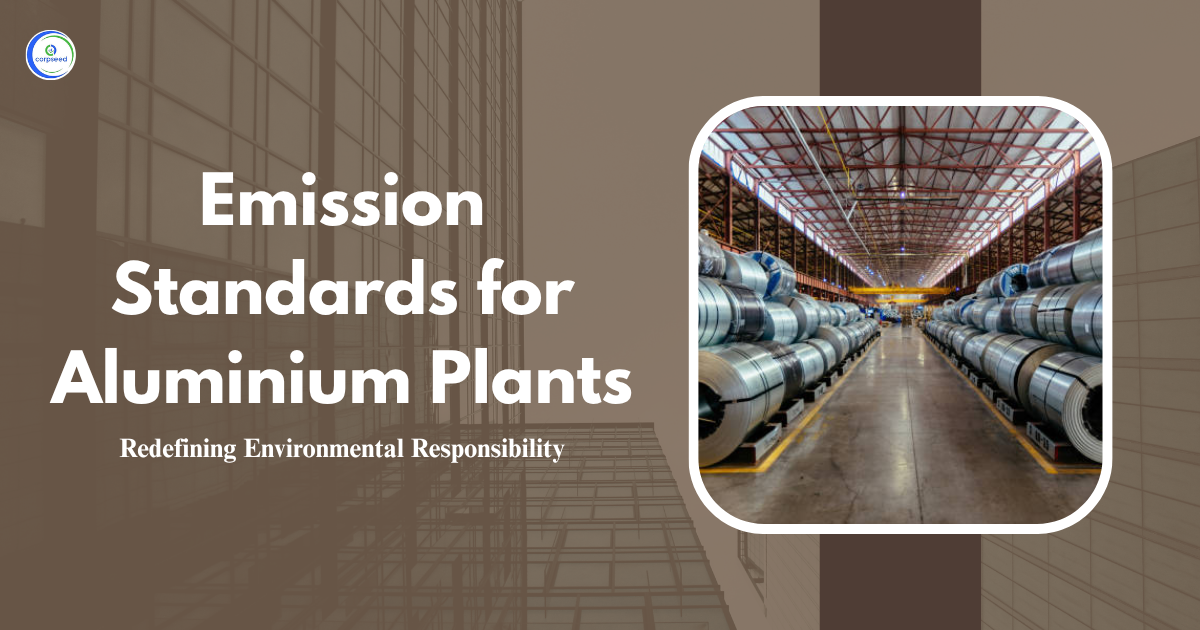The pulp and paper industry, while essential for paper production, is a significant contributor to environmental pollution. Small pulp and paper mills, which produce less than 24,000 tons of paper annually, face unique challenges in managing the discharge of pollutants into the environment. Environmental regulations for paper mills aim to reduce the industry's impact by setting standards for the discharge of harmful substances, such as Biological Oxygen Demand (BOD), Suspended Solids (SS), and sodium absorption ratio (SAR). These standards are critical in maintaining water quality, reducing pollution, and ensuring compliance with both local and national environmental guidelines.
Table of Contents
--------------Blog Contact Form-------------
Overview of the Small Pulp and Paper Industry
Small pulp and paper mills serve as an integral part of the global paper production supply chain. These mills typically focus on producing paper in smaller batches, often catering to niche markets or regional needs. Unlike large-scale pulp and paper plants, which have more extensive resources and technologies for managing emissions, small mills often struggle with implementing comprehensive pollution control systems. As a result, these mills are subject to specific emission and discharge standards set by environmental authorities.
In many countries, the pollution control guidelines for small mills are designed to ensure that the environmental impact remains within manageable limits. Small mills are often required to adopt cost-effective pollution control technologies and wastewater treatment systems that comply with regulations set by the Central Pollution Control Board (CPCB) and State Pollution Control Boards (SPCB).
Despite facing resource constraints, small mills play a crucial role in the production of paper while also striving to minimize environmental degradation. Efforts toward pollution reduction are becoming increasingly important, especially as the demand for sustainable paper production grows.
Key Environmental Pollutants from the Pulp and Paper Industry
The pulp and paper industry is notorious for generating a range of environmental pollutants. These pollutants can adversely affect air, water, and soil quality. Key pollutants include:
- Biological Oxygen Demand (BOD): This is a key indicator of the amount of organic material in wastewater. Higher BOD values indicate a greater presence of biodegradable organic matter, which can lead to oxygen depletion in water bodies, harming aquatic life.
- Suspended Solids (SS): SS consists of particulate matter that remains suspended in water and can block light penetration, affecting photosynthesis in aquatic plants. This can also clog fish gills and lead to poor water quality.
- Sodium Absorption Ratio (SAR): The SAR measures the potential for soil degradation due to the presence of sodium in effluent. High SAR values can lead to soil salinization, affecting agricultural productivity in areas where effluent is disposed of on land.
- Absorbable Organic Halogens (AOX): AOX refers to organic compounds containing halogens like chlorine. These substances are toxic and can accumulate in aquatic environments, posing risks to both marine life and human health.
- Chemical Oxygen Demand (COD): COD is a measure of the total organic pollutants in water, representing both biodegradable and non-biodegradable substances. High COD levels in effluent can lead to the depletion of oxygen in receiving water bodies, harming aquatic ecosystems.
Discharge Standards for Small Pulp and Paper Mills
To reduce the negative environmental impacts of effluent from pulp and paper mills, strict discharge standards have been established. These standards vary depending on the type of discharge and the medium of disposal (inland water bodies or land).
Key discharge standards for small-scale pulp and paper mills include:
| S.No. | Industry | Parameter | Standards | |
| 14 | Small Pulp and Paper Industry | Concentration not be exceed mg/l (except for pH and sodium absorption ratio) | ||
| Discharge into inland surface water | pH | 5.5 – 9.0 | ||
| Suspended Solids | 100 | |||
| BOD | 30 | |||
| Disposal on land | pH | 5.5 – 9.0 | ||
| Suspended Solids | 100 | |||
| BOD | 100 | |||
| Sodium Absorption Ratio | 26 | |||
| Absorbable Organic Halogens (AOX) in effluent discharge | 3.00 kg/ton of paper produced with effect from the date of publication of this notification. 2.00 kg/ton of paper produced with effect from the 1st day of March, 2006. |
|||
These standards, set by the Central Pollution Control Board (CPCB) and the State Pollution Control Boards (SPCB), aim to limit the release of harmful substances into the environment. They also provide clear benchmarks that mills must meet to minimize their impact on water quality and soil health.
Impact of Effluent Standards on the Environment
Effluent standards play a vital role in mitigating the environmental impact of pulp and paper mills. The release of untreated or inadequately treated wastewater into rivers, lakes, or the soil can cause significant ecological damage. By adhering to the prescribed effluent standards, mills can:
- Improve Water Quality: By limiting BOD, SS, and COD, mills reduce the organic load on water bodies, preserving aquatic ecosystems and ensuring safe water for consumption and agriculture.
- Protect Soil Health: The SAR standard ensures that effluent disposed of on land does not lead to soil salinization, which could otherwise harm local agriculture and plant growth.
- Reduce Toxicity in Ecosystems: By limiting AOX and other harmful chemicals in effluent, mills can prevent toxic contamination of aquatic life, preserving biodiversity
Monitoring and Compliance
Ensuring compliance with discharge standards requires consistent monitoring of the effluent discharged by pulp and paper mills. Both continuous and periodic monitoring is necessary to assess compliance with set standards and to identify areas for improvement.
Mills are required to submit regular reports to the CPCB and SPCB, providing data on key parameters like BOD, SS, pH, and SAR. These reports help authorities track trends, enforce regulations, and issue penalties for non-compliance.
In addition to regular monitoring, mills must also invest in pollution control technologies, such as advanced wastewater treatment systems. These systems are designed to treat effluent before it is discharged, reducing its harmful effects on the environment. Common treatment methods include:
- Biological treatment: Uses microorganisms to break down organic matter in wastewater.
- Chemical treatment: Involves adding chemicals to neutralize or remove contaminants.
- Physical treatment: Involves filtration or other methods to remove solids from wastewater.
By implementing best practices for pollution control and adhering to environmental regulations, pulp and paper mills can achieve sustainable production while minimizing their environmental footprint.
Conclusion
The small pulp and paper industry faces significant challenges when it comes to managing the environmental impact of its operations. The emission and discharge standards set by the CPCB and SPCB are essential tools in regulating the industry's pollution output, safeguarding water quality, and ensuring that effluent disposal does not harm soil or water bodies.
By adhering to these standards and adopting best practices for wastewater treatment and waste management, small-scale mills can contribute to a more sustainable and eco-friendly paper production process. As demand for sustainable paper continues to rise, the industry must remain committed to reducing pollution and ensuring compliance with environmental guidelines. In doing so, the pulp and paper industry can continue to serve its role in paper production while minimizing its environmental impact.
This portion of the site is for informational purposes only. The content is not legal advice. The statements and opinions are the expression of author, not corpseed, and have not been evaluated by corpseed for accuracy, completeness, or changes in the law.
BOOK A FREE CONSULTATION
Get help from an experienced legal adviser. Schedule your consultation at a time that works for you and it's absolutely FREE.
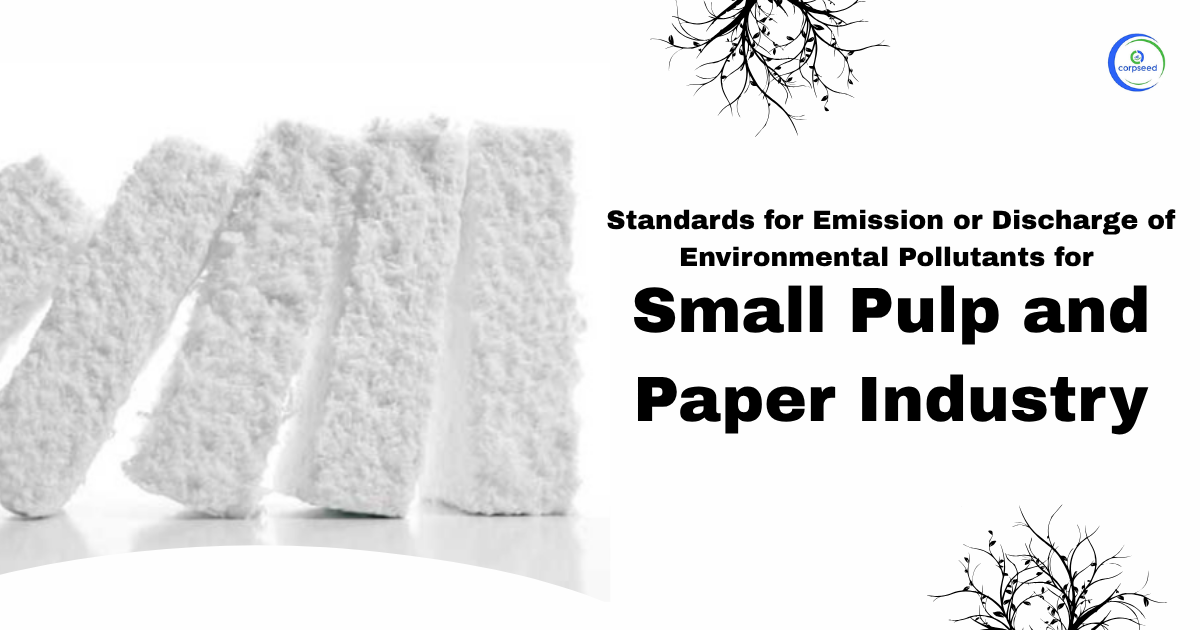


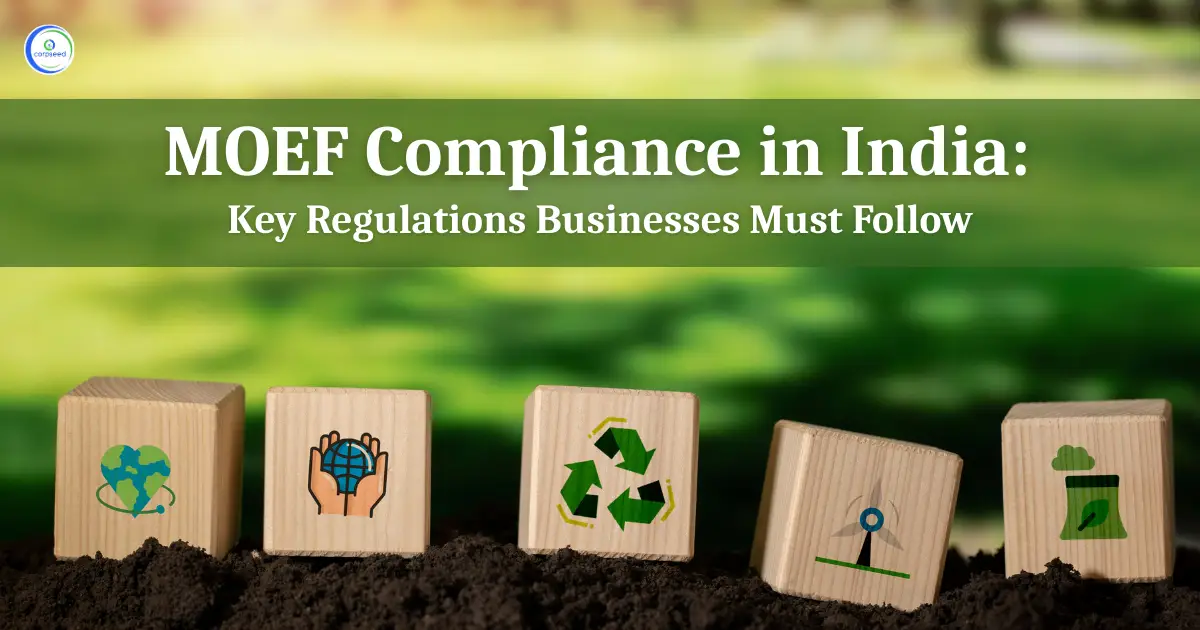
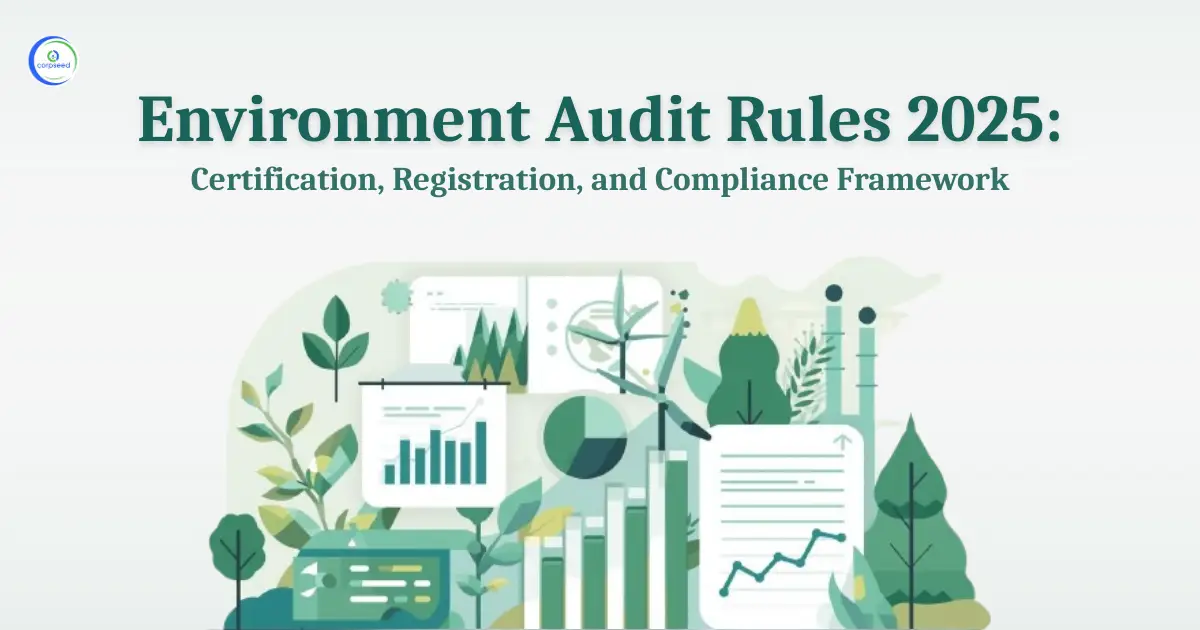
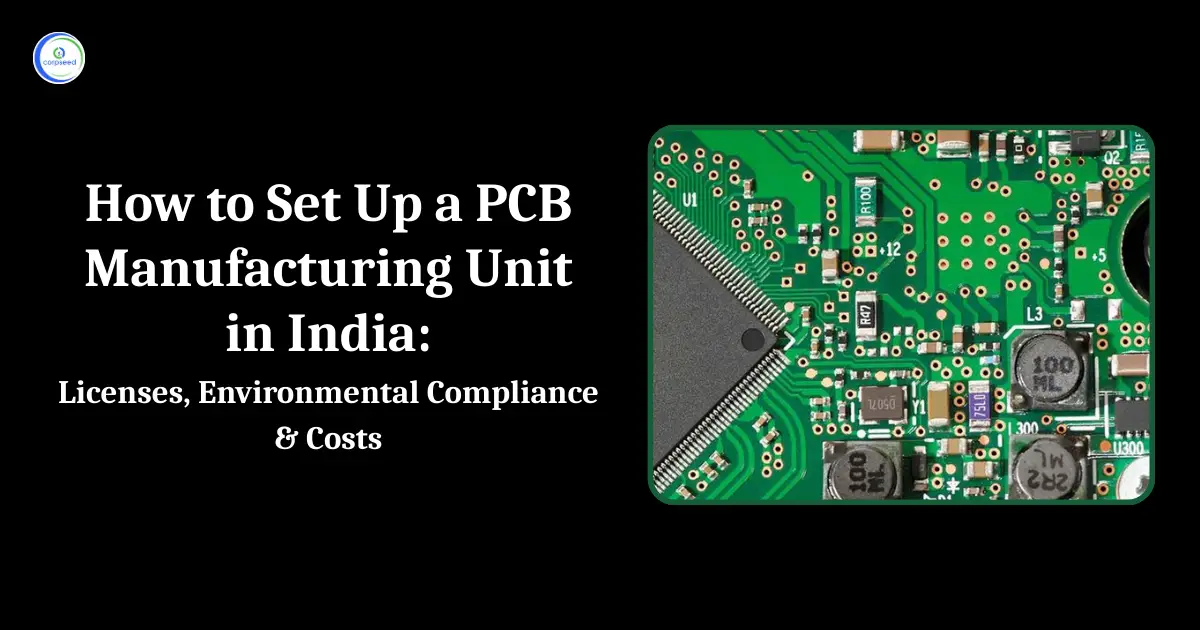
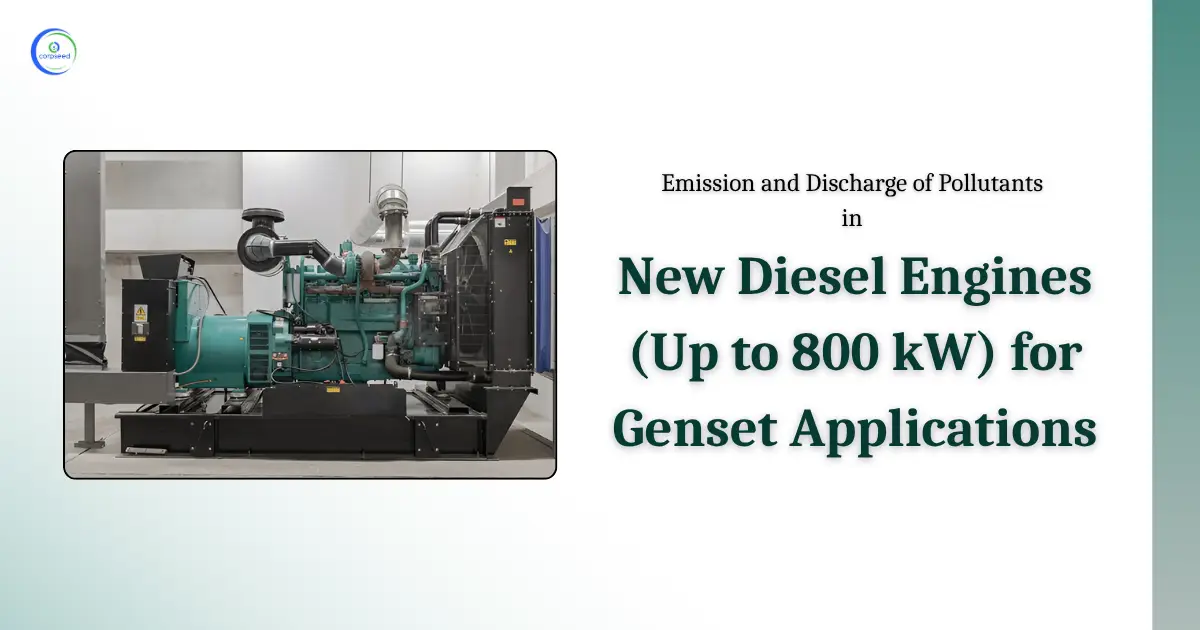
_Corpseed.webp)
.webp)
